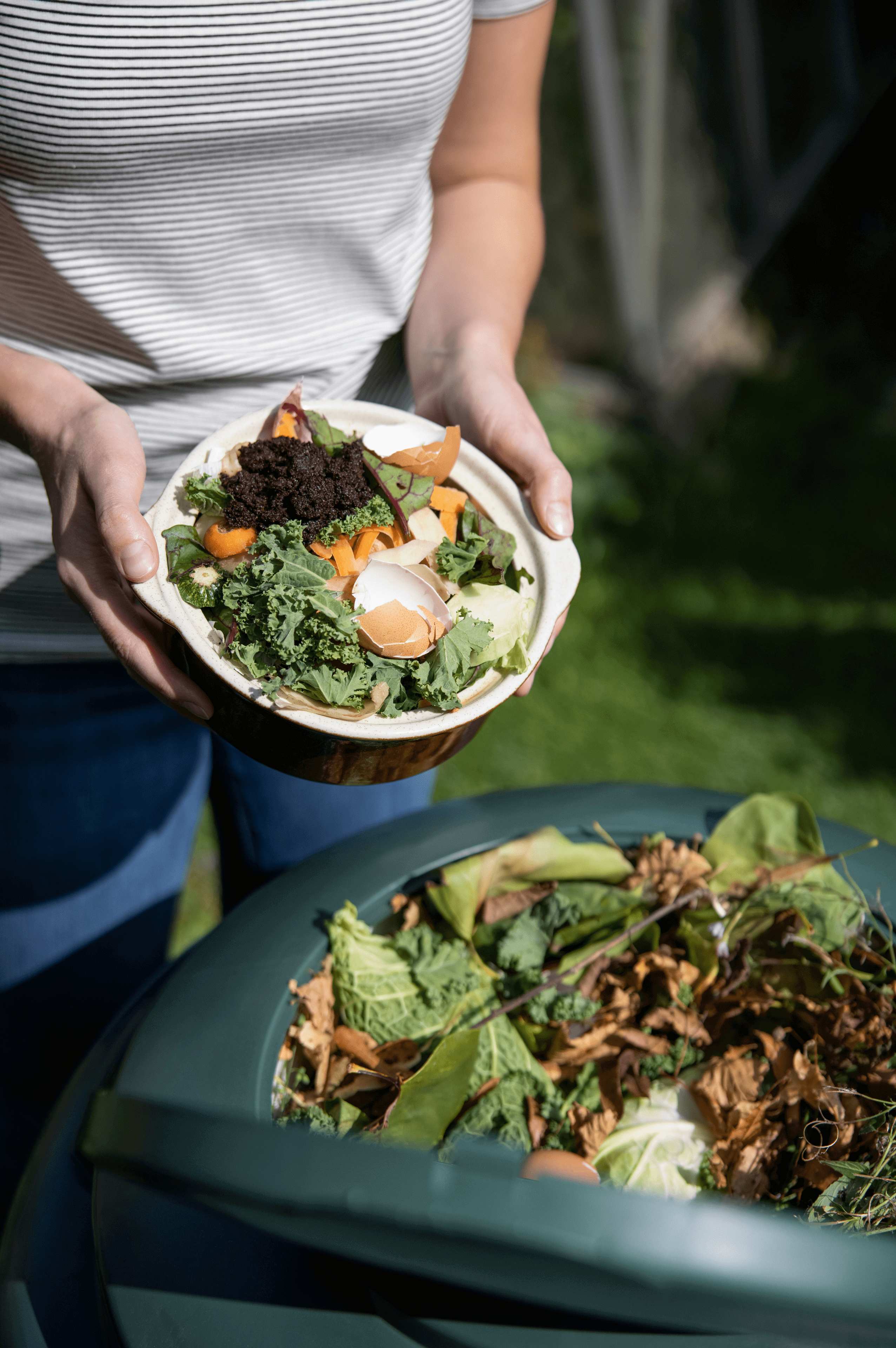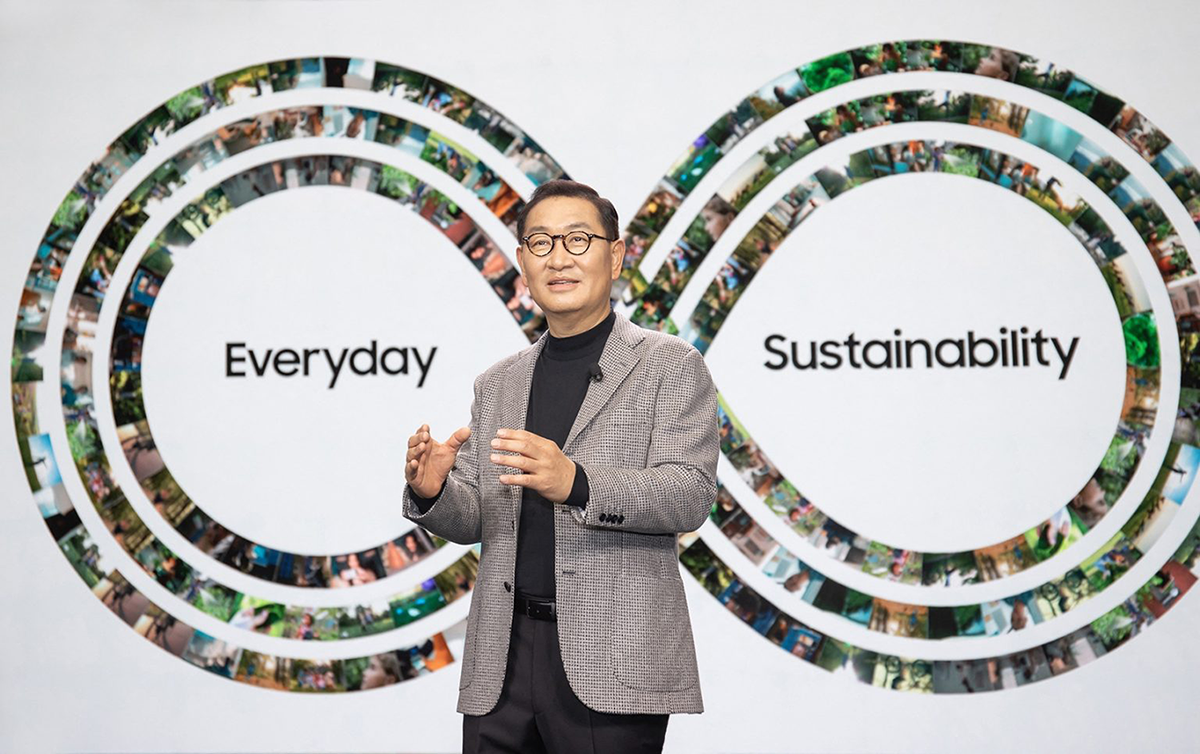Emerging Trends in AgriFood and Material Tech
Under the megatrend of impact investment, agrifood and material tech have garnered increased interest. There are untapped opportunities in these areas as the world deviates from fossil fuel and toxic chemicals. In this article, we discuss some of the emerging trends in agrifood and material tech that have gained notable traction.
In the fashion and food industry, the production of fibers, crops and livestocks all rely heavily on farming, which requires plenty of land and water. As such, innovations in agritech not only pave the way for more sustainable food chains, but also bring huge potential to improve the way we produce apparel/ textile in the fashion industry.
Automation and robotics address labour insufficiency
Automation and robotics are expected to have a profound impact on the upstream part. With a declining and aging rural population, the supply of farm labour has been strained, creating a strong demand for the use of machinery in farms.
Automation reduces the manpower for laborious tasks; robots help streamline production and increase overall output, freeing up human capital for other valuable tasks.
For example, Bear Flag Robotics develops tractor automation kits that enable farmers to affordably retrofit their existing tractors with driverless technology. The company was acquired by conglomerate John Deere for 250 million USD in 2021 as Bear Flag’s technology complements John Deere’s goals to help farmers execute time-sensitive operations to boost food production.
(Image source: Bear Flag Robotics)
Besides, Blue River Technology employs computer vision and robotics technologies to build intelligent solutions for agriculture. Their see and spray technology precisely sprays herbicides where needed, enabling a world in which every plant counts. This technology gives farmers a new way to control and prevent herbicide-resistant weeds, while also eliminating 90% of the herbicide volume that growers spray today.
(Image source: Blue River Technology)
Agricultural biologicals reduce reliance on chemicals in farming
The use of synthetic chemicals in farming has been known to damage soil health, cause pest and disease resistance, and eventually affect the fertility and productivity of crops.
Additionally, the rising demand for chemical-free food products is urging farmers to search for more natural ways to improve crop production and protection. For the above reasons, the market for agricultural biologicals has been gaining importance.
Agricultural biologicals are crop productivity and protection products developed from living organisms or natural materials. An increasing number of companies have been working to develop new biologicals to replace synthetic chemicals.
For instance, Pivot Bio is using genetically modified microbes to produce nitrogen fertilizers. Besides using engineered microbes, RNAi technology also plays a huge role in the development of biopesticides. Bayer has successfully developed BioDirect, a double-stranded RNA used to control pests in beekeeping industry. Meanwhile, a Hong Kong-based startup, Xiaomo Biotech is also using micro RNA technology to develop substitutes for petrochemical-derived pesticides.
(Image source: Pivot Bio)
Alternative protein has a strong momentum
With the projected worldwide population of 9.1 billion by 2050, the current animal-based agricultural system is not stable. Innovation in alternative protein helps address the food security issue.
Alternative protein comes in different forms such as fermented protein, cultivated protein and plant-based protein. Plant-based products are constantly improved through traditional fermentation to optimize their taste, texture, sensory, digestibility and nutrient content, while biomass and precision fermentation ingredients are combined with plant-based ingredients to create more sophisticated products to meet customer demand.
Development costs remain a concern for alternative protein yet precision fermentation has the potential to be economically viable with high quality ingredients produced.
As of today, over 1 billion USD in investment capital has been raised by alternative protein-dedicated fermentation companies.
New regulations catalyse demand for food waste management solutions
While solutions to food waste have already been in practice for years, there has not been enough incentives for consumers and producers to implement them at scale.
This may change with new compost laws coming into effect. As of 2022, California’s Senate Bill 1383 requires all businesses and individuals to separate food waste and dispose it in destinated green bins for proper composting. This mandate is expected to open up more opportunities in the area of food waste management and upcycling.
For instance, food rescue platform Goodr uses blockchain technology to match grocery retailers and food producers with surplus food waste to food charities, while allowing companies to track and quantify food donations and environmental impacts respectively.
Meanwhile, other companies are working towards eliminating potential food waste. Afresh develops an AI system that allows grocery providers to better predict demand and monitor fresh food supply and inventory. In addition to digital platforms, Indian startup GreenPod Labs is using plant phenolic compounds to develop a nano-tech active packaging that can extend shelf life while retaining quality of fresh produce.
While the above examples focus on tackling pre-consumer food waste, it is just as important to address post-consumer food waste. Traditionally, these two types of food wastes have to be separated before they can be recycled. Nowadays, new food waste recycling technologies are making the collection process easier. O.PARK1, an organic resources recovery center in Hong Kong, is able to crush and mix both types of food waste in a plant and convert them into biogas (to be used as biofuel) through anaerobic digestion. Another Hong Kong-based company ORCA came up with a solution to break down food waste into a liquid that can go down the drain safely with the use of oxygen and microorganisms.


Adaptation of bio-based textile to replace animal-based materials
Over the past decades, the increased awareness in sustainability and animal welfare has further accelerated the growth of sustainable materials in the fashion industry. Consumers’ demand for animal-free products has incentivized luxury brands such as Kering to take initiatives to go entirely fur-free. The Group has decided to stop using animal fur starting from its Fall 2022 collections.
Leather alternatives are expected to dominate the bio-based textile market. For instance, Hermès is working with Mycoworks to develop a fine mycelium-based bag. Mercedes-Benz, on the other hand, is debuting its latest electric vehicle concept car that features mycelium-based leather from Bolt Threads and bio-based silk from AMSilk.
With notable brands investing in and collaborating with these startups, the bio-based material sector will continue to grow in the near term.
(Image source: Bolt Threads Mylo exhibition at Fabrica X London)
Brands taking ESG initiatives through partnerships
Recently, brands have been making commitments and are progressively incorporating sustainable technologies into their long term ESG goals.
In order to sequester carbon and emissions, big brands such as Chanel and L’Oreal are working with PUR Projet on carbon insetting projects, where they will offset portion of their carbon emission through agroforestry initiatives within their own supply chains.
Samsung is joining force with Patagonia to address the microplastic issue and its impact on the ocean environment. H&M and Lululemon are collaborating with textile recycling companies, Renewcell and Genomatica respectively, to formulate long-term sustainability strategies, with a target to achieve circularity by 2030.
Renewcell has been particularly active in this aspect. Besides, its partnership with H&M, the company has been working with Levi’s to create a pair of recyclable 501 Original jeans from post-consumer recycled denim. The jeans are expected to be launched in early 2022. The Mills Fabrica is delighted to see our exited portfolio making such great process with brands to drive sustainability.
(Image source: Samsung)

Conclusion
The above emerging sectors are driven by sustainability trends and the need for a more efficient food supply chain. Looking ahead, we anticipate to see growth in the agrifood and material tech space.
References
- Forbes. Here Are The Top Food Tech And Sustainability Predictions For 2022: https://www.forbes.com/sites/shaynaharris/2022/01/10/here-are-the-top-food-tech-and-sustainability-trends-for-2022/?sh=48c2b31660cd
- Pitchbook report – Emerging Tech Research Agtech (Q3 2021)
- Green Queen. These 9 Sustainable Startups Are Fixing Our Food System: https://www.greenqueen.com.hk/sustainable-food-startups/
- Markets and Markets. io-based Leather Market by Source (Mushroom, Pineapple, Cork, Leftover Fruits), End-use (Footwear, Garment & Accessories), and Region (North America, APAC, Middle East & Arica, South America, and Europe) - Global Forecast to 2026: https://www.marketsandmarkets.com/Market-Reports/bio-based-leather-market-206086810.html
- Green Queen. Kering Breaks Up with Fur For Good As Luxury Fashion Shifts To Cruelty-Free: https://www.greenqueen.com.hk/kering-drops-fur-2022/
- The Spoon. How California’s New Food Waste Law Could Catalyze Interest & Investment in Tech-Powered Food Recovery Platforms: https://thespoon.tech/how-californias-new-food-waste-law-could-catalyze-interest-investment-in-tech-powered-food-recovery-platforms/
- Agropages. Biological products will play an increasingly vital role in Bayer CropScience's overall strategy: Exclusive interview with Benoit Hartmann (Head of Biologics R&D at Bayer): https://news.agropages.com/News/NewsDetail---39681.htm
- Kering. Kering Goes Entirely Fur Free: https://www.kering.com/en/news/kering-goes-entirely-fur-free
- Renewcell. Levi’s® 501® made with Circulose® to be launched in retail in early 2022: https://www.renewcell.com/en/levis-501-made-with-circulose-to-be-launched-in-retail-in-early-2022/
- L’Oreal. Chanel and others jump on 'carbon insetting' trend: https://www.greenbiz.com/article/loreal-chanel-and-others-jump-carbon-insetting-trend